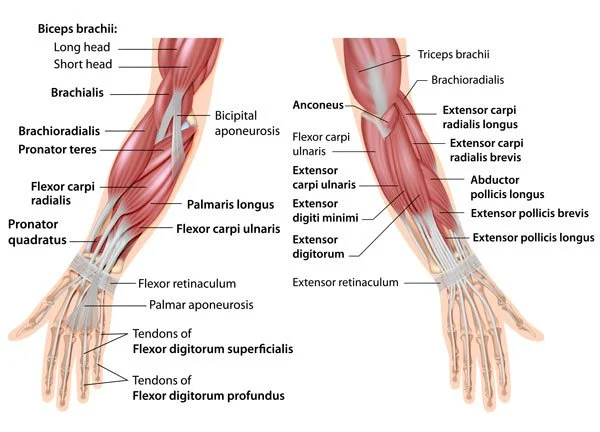How to STRENGTHEN WRISTS FOR HANDSTANDS?
Handstands are more than just party tricks; they're a blend of balance, strength, and control.
The key?
Strong wrists.
These small but mighty joints bear your body's weight, making wrist strength and flexibility essential for a stable handstand.
However, many face wrist discomfort or injury, hindering progress.
Beyond the cool factor, handstands boost body strength, balance, and mood.
Wrist Strength For Handstands
Addressing wrist strength challenges is crucial for injury prevention and mastering handstands.
Ready to strengthen your wrists and unlock your handstand potential? You’re in the right place.
wrist anatomy for handstand strength
Your wrist is a complex hub of bones, ligaments, and muscles.
The wrist, a complex and nimble joint, is comprised of eight small bones known as the carpal bones. These bones are ingeniously arranged in two rows at the base of the hand, creating a bridge between the arm's ulna and radius and the hand's metacarpal bones.
This structure allows for the extensive range of motion necessary for handstands, from flexion and extension to radial and ulnar deviation.
The strength and stability of this bone arrangement are crucial for handstand practitioners, as it supports the body's weight in an inverted position.
Ensuring these bones are properly aligned and strong can make a significant difference in your handstand practice, preventing common injuries such as sprains and fractures.This intricate setup allows for the wrist's wide range of motion.
Surrounding and supporting the intricate architecture of the wrist bones are the muscles and tendons that enable wrist movement.
Primary among these are the flexor and extensor muscles, which run from the forearm to the hand.
The flexor muscles, located on the palm side of the forearm, allow for bending the wrist towards the palm (flexion), while the extensor muscles, on the opposite side, enable the wrist to bend away from the palm (extension).
Strengthening these muscles is vital for handstand enthusiasts, as robust flexors and extensors contribute to a stable wrist capable of bearing the body's weight.
Exercises targeting these muscles enhance their strength and resilience, facilitating not only improved handstand performance but also reducing the risk of overuse injuries, ensuring a smoother and safer handstand journey.
Common wrist issues
Handstand enthusiasts often encounter wrist pain, strains, or sprains due to the pressure exerted on this complex joint.
Such issues can stem from inadequate warm-up, poor wrist strength, or insufficient flexibility.
Early prevention is key; incorporating specific wrist strengthening and flexibility exercises can mitigate risks.
Recognizing and addressing any discomfort early prevents minor issues from evolving into major obstacles, ensuring your handstand progress isn’t just impressive but also sustainable and safe.
Core exercises to strengthen your wrists for handstands
Elbow Pit Rotation
Position: Fingers forward, slightly narrower than shoulder width.
Action: Rotate elbow pits forward, hold for two seconds, then rotate inwards.
Focus: This strengthens the scapula and rotator cuff muscles, essential for maintaining a strong locked position in handstands.
Forward Leans
Position: Fingers forward, elbow pits rotated forward.
Action: Lean shoulders forward as much as possible, hold for two seconds, then return.
Benefit: This drill enhances pressure handling through the hands and improves wrist strength and flexibility.
Side-to-Side Movement
Position: Fingers pointing outwards at 90 degrees.
Action: Lean side-to-side, feeling the pressure under the knuckles.
Objective: Develops wrist strength for lateral movements and maintains shoulder blade stability.
Fingers Back Stretch
Position: Fingers pointing backward, arms straight.
Action: Sit hips back, press heel of the hand into the floor, hold, then return.
Flexibility Focus: Aims to increase wrist flexibility, crucial for the demands of handstands.
Finger Pulses
Position: Standard handstand position.
Action: Lean forward, lift the heel of the hand off the floor, and press into the knuckles.
Strength Building: Enhances finger strength, aiding in floor grip during handstands.
Implementing the Drills
Frequency: These drills should be a part of your regular handstand practice.
Repetitions: For most exercises, aim for 8-10 reps. For more demanding ones like finger pulses, 5-8 reps are sufficient.
Conclusion
Strong wrists are the foundation of a solid handstand, essential for balance and stability.
Achieving this strength demands patience and consistent effort.
Remember, progress in wrist conditioning, like any aspect of fitness, doesn’t happen overnight.
Stay dedicated to your exercises, listen to your body, and with time, you’ll see your handstands reach new heights—safely and confidently.



